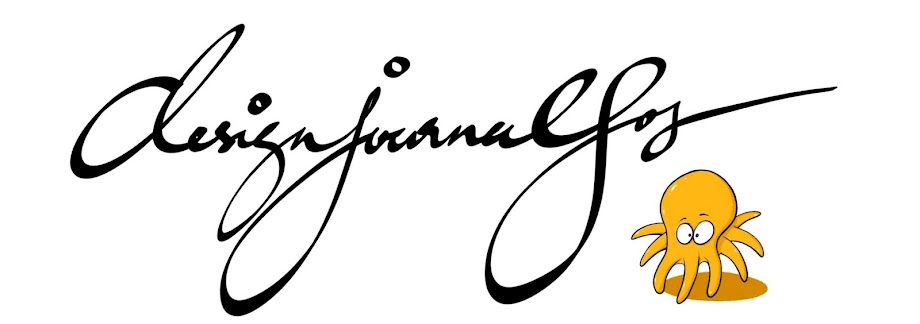It’s September 2022. The examinations are round the corner. All your graduating class seniors have completed and submitted their coursework. Everybody should be preparing for the exams and the major exams.
If you haven’t watch any of my self-help videos you can following this “link” to a series of playlist which includes topics on preparing for exams and the attitudes to learning and living in general.
Revision need not be just like how you had been doing. It can be done slightly differently. Especially if you are fond of doing 10 year series. In fact if you did last year’s national examination question and got it all correct, I will ask “So what?”. Since they will certainly NOT appear again this year.
A very common activity is to get students practice on papers after papers. But that can be quite limiting too. Taking exam papers from other schools, you will face the problem with quality of questions. And practicing on papers after papers may not be the most optimum way to ensure you have an excellent coverage on all the topics you need to know.
Before you look at the image below “TWO Different Ways to Revise” I need you to understand that no matter what happened or what your teachers did in class with regards to learning and all the fanciful fun strategies to make you learn or to ‘motivate’ you, ultimately the examination is about how much you can recall.
You are on your own. You and the paper. That’s all. Full Stop.
You read the questions, you cannot recall the information. ZERO. Full Stop.
The following is NOT magic. The following is just common sense.
To recall, you need repetition. Of course understanding helps a lot too with memory. So it is still necessary that you actually understand those concepts which you need to know. Otherwise if time is not on your side, memorising them could be your next best bet to get some marks.
Committing everything to recallable memory at an instant, is what you need right now.
We’ll leave holistic learning and life-skills aside for the moment. We are talking about taking the EXAMINATION NOW.
……………………………………………………..
FOLLOW and LIKE on Facebook to get updates as soon as a new post is up: https://www.facebook.com/designjournalsos
Support me, support my work? Buy me a Coffee? https://www.buymeacoffee.com/mrdanielsos
























